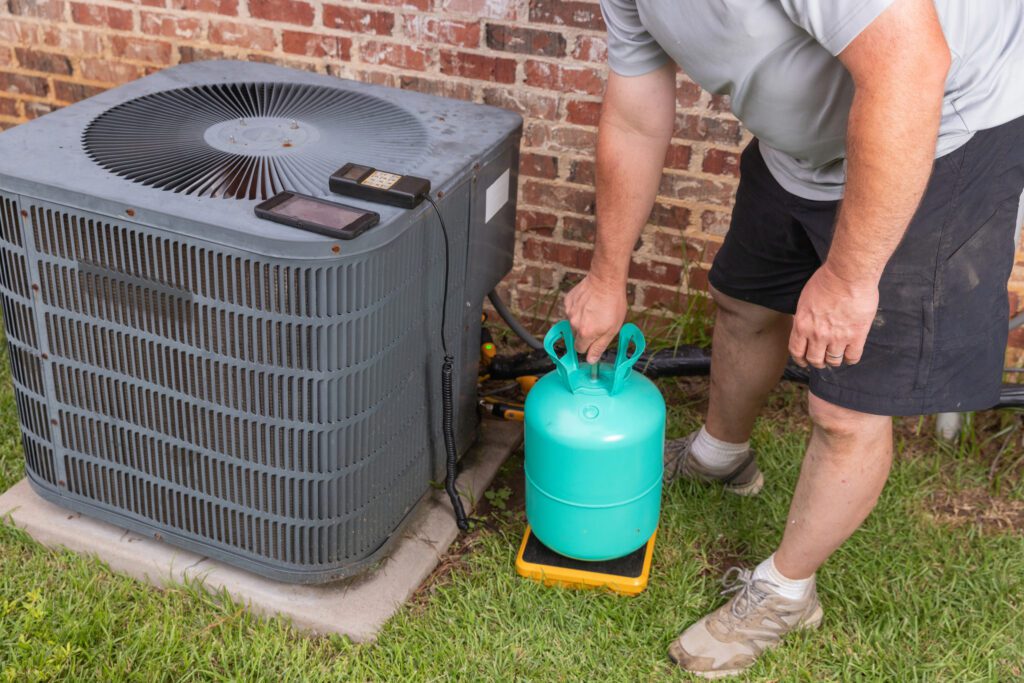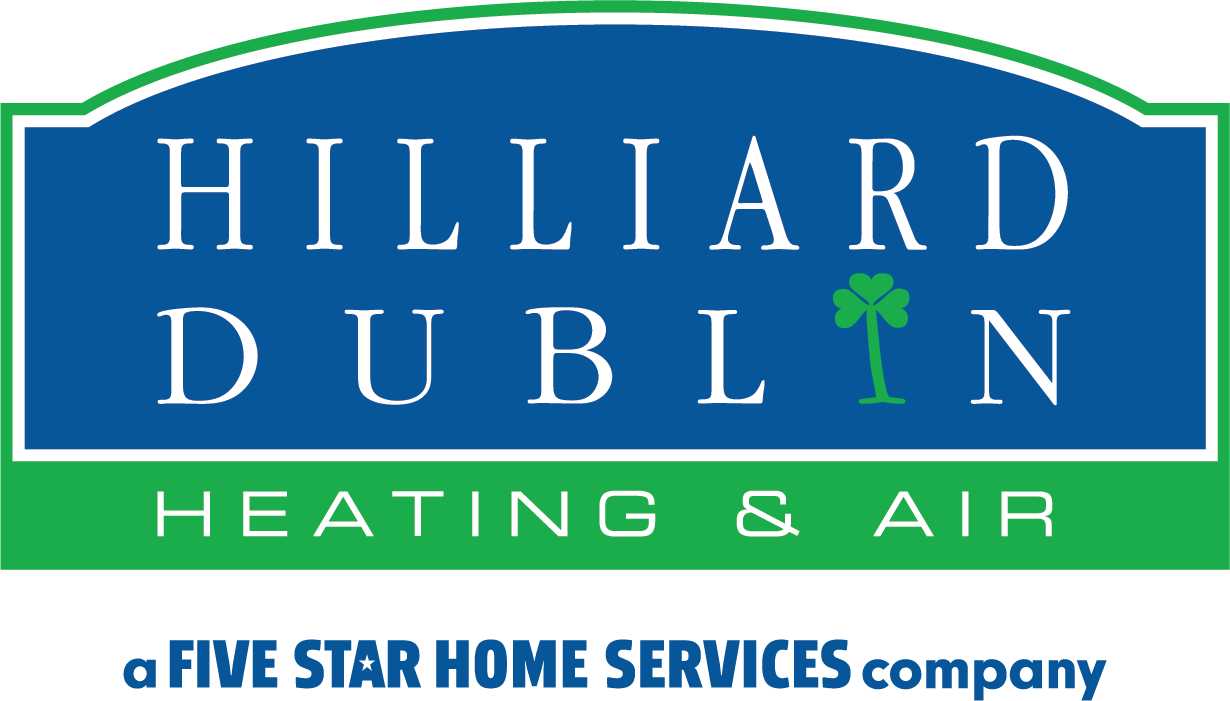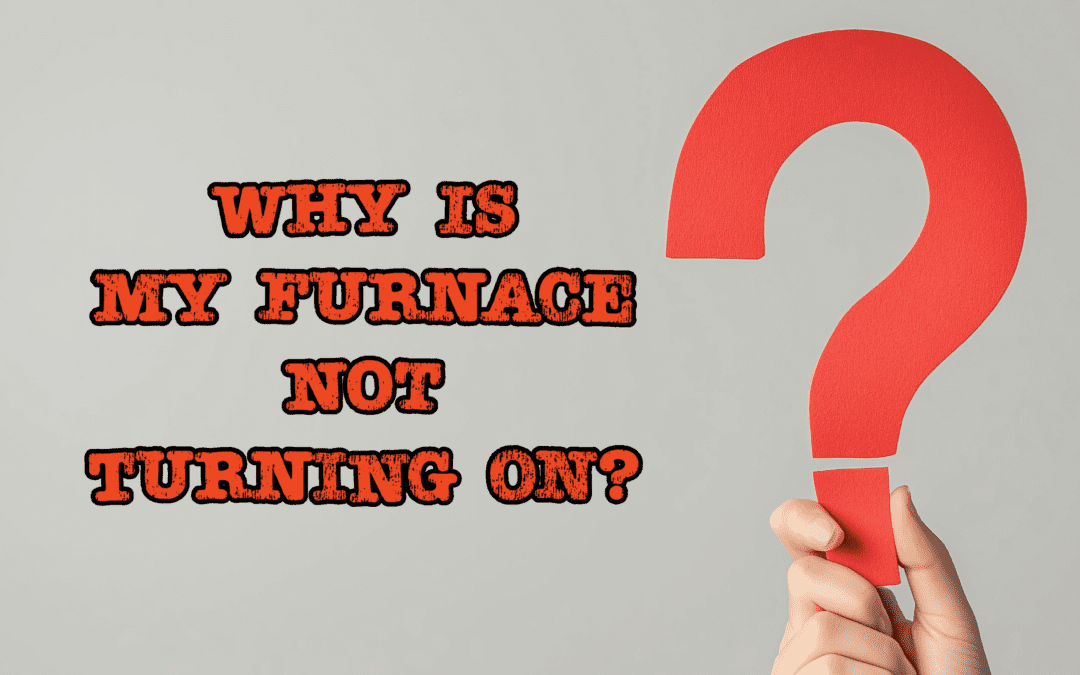As climate change concerns intensify and sustainability becomes a critical focus, industries around the globe are revisiting and often overhauling their practices to comply with stricter environmental standards. This means that the HVAC industry, too, is particularly involved in discussions about refrigerant phase-outs. Among these, R-410A has come under significant scrutiny. As a local homeowner, we believe it’s important to stay informed about these impending changes and what effect they may have on your system.

The Role of Refrigerants in HVAC Systems
Refrigerants are essential chemical compounds used in air conditioning and heat pump systems. They are pivotal in facilitating heat absorption and expulsion, thus enabling the cooling or heating of spaces. Over time, the HVAC industry has transitioned through various refrigerants, with each new type striving to balance effectiveness and ecological impact.
R-410A is a type of hydrofluorocarbon (HFC) that was introduced as a more environmentally friendly alternative compared to the older chlorofluorocarbon (CFC) and hydrochlorofluorocarbon (HCFC) refrigerants, notorious for depleting the ozone layer. Although R-410A has no ozone-depleting potential, its high global warming potential (GWP) has pushed regulators to consider phasing it out.
The Push for Eco-Friendly Alternatives
The drive to phase out R-410A and other HFC refrigerants is fueled by international agreements and regulatory efforts aimed at reducing greenhouse gas emissions. A notable initiative is The Kigali Amendment to the Montreal Protocol, adopted in 2016, which aims to curtail HFC usage. It establishes a roadmap for decreasing and eventually eliminating high-GWP HFCs. For developed countries like the United States and European regions, the goal is to reduce usage to 15%–25% of baseline levels by the mid-2030s.
The Outlook for R-410A’s Future
While the eventual phase-out of R-410A is certain, the timeline for its complete withdrawal remains crucial. A firm ban for 2025 hasn’t been set, but important measures to reduce R-410A usage are already happening:
- Regulatory Mandates: Many nations are implementing stricter rules on the production and importation of R-410A. For example, the European Union has made timelines under the F-Gas Regulation, and the Environmental Protection Agency (EPA) in the United States has initiated phasedown actions.
- Industry Innovations: The HVAC industry is quickly adapting by researching alternative refrigerants with lower GWP values. Options such as R-32, R-454B, and R-466A are gaining favor as practical substitutes for new systems.
- Market Changes: As regulations evolve, manufacturers are shifting to these newer refrigerants. This transition is fostering a market transformation, prioritizing the production and retrofitting of systems compatible with lower-GWP refrigerants.
Alternatives to R-410A
- R-32: With a GWP significantly lower than R-410A and higher energy efficiency, R-32 is a promising substitute. It is already being incorporated into many new systems, especially in areas with stringent climate policies.
- R-454B: Known as a balanced alternative, R-454B provides an even lower GWP and functions under similar pressures, smoothing the transition for producers and end-users alike.
- R-466A (Solstice N41): Noted for safety and efficiency, R-466A stands out. Its non-flammable characteristic offers an added safety benefit over some other options.
The Implications of a Phase-Out
For Manufacturers
Manufacturers are spearheading this transition, tasked with developing new systems utilizing eco-friendly refrigerants. This requires substantial investment in research and development and adjustments to manufacturing processes to accommodate new technologies.
For Consumers
Consumers might see both short-term and long-term effects from the phase-out. Initially, there might be an increase in system and service costs as the market adapts to new technologies. However, in the long term, these advancements are likely to enhance efficiency and reduce energy costs, ultimately lowering utility bills for consumers.
For the Environment
Shifting away from high-GWP refrigerants like R-410A should positively impact the environment. By adopting solutions with smaller environmental footprints, the HVAC industry contributes to the global climate change battle, aligning with broader goals to lower greenhouse gas emissions.

As the HVAC industry continues evolving under environmental pressures, the move away from R-410A signifies a critical step toward more sustainable practices. While 2025 doesn’t mark a definitive end date, Hilliard-Dublin Heating & Air and other industry leaders are already paving the way for a greener future.
Remember to call us if you have any more questions about your HVAC system’s refrigerant or suspect your own system is due for a refrigerant refill, also known as a “recharge,” please don’t hesitate to contact us. We’ll get you squared away!
You can call Hilliard-Dublin Heating & Air today at (614) 490-7520 or schedule an appointment online now by clicking here!
More HVAC Refrigerant Information
Our goal is always to keep you informed as best as we can. Learn more about the role of HVAC refrigerants and their role here!






